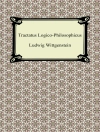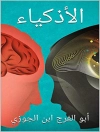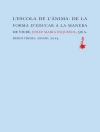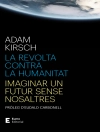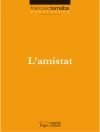This book shows that screens don’t just distribute the visible and the invisible, but have always mediated our body’s relationships with the physical and anthropological-cultural environment. By combining a series of historical-genealogical reconstructions going back to prehistoric times with the analysis of present and near-future technologies, the authors show that screens have always incorporated not only the hiding/showing functions but also the protecting/exposing ones, as the Covid-19 pandemic retaught us. The intertwining of these functions allows the authors to criticize the mainstream ideas of images as inseparable from screens, of words as opposed to images, and of what they call “Transparency 2.0” ideology, which currently dominates our socio-political life. Moreover, they show how wearable technologies don’t approximate us to a presumed disappearance of screens but seem to draw a circular pathway back to using our bodies as screens. This raises new relational, ethical, and political questions, which this book helps to illuminate.
Daftar Isi
1. Introduction.- 2. On the Powers of the Arche-screen.- 3. Screens as Prostheses of Our Bodies.- 4. Images and Words.- 5. The “Transparency 2.0” Ideology.- 6.Screens’r’us – From Bodies with Prostheses to Bodies As “Quasi-Prostheses”?.- 7. Conclusion.
Tentang Penulis
Mauro Carbone is Professor Emeritus of Aesthetics at the Lyon-3 University, France. A leading scholar in Merleau-Ponty, Screen and Visual Studies, he directs the International Research Group “Living Among and Through Screens.” His most recent book on this topic is Philosophy-Screens: From Cinema to Digital Revolution (2019).
Graziano Lingua is Full Professor of Moral Philosophy, Head of the Philosophy and Educational Sciences Department at the University of Turin, Italy, and Co-Director of the Département Humanisme numérique at the Collège des Bernardins, Paris, France. His research is focused on the philosophy of images and public ethics.


